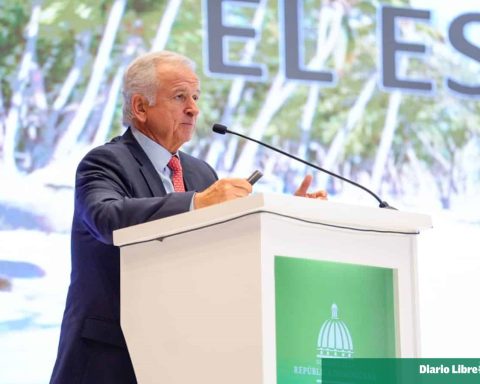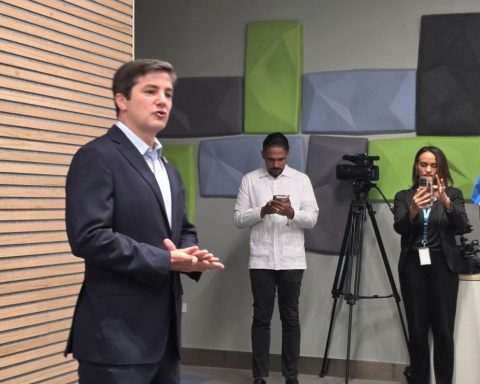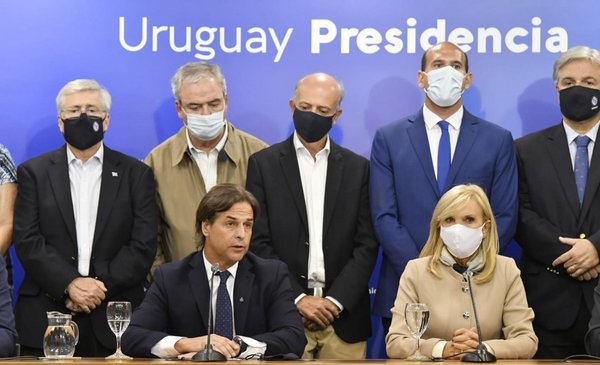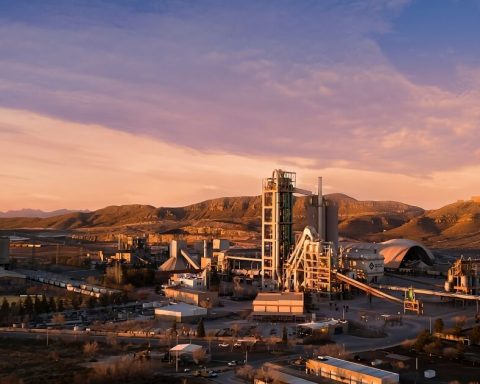During the months when social and economic activities were restricted due to the pandemic, in several countries there was a significant increase in the number of hours spent watching television programs, which included shows, movies, documentaries, news and sports. Many of these options made use of material produced before the arrival of the virus, as was the case with performances by artists, episodes of series, films, historical accounts, scientific advances, and children’s and educational presentations. A notable exception in this regard was news reports, for which a high demand for up-to-date information emerged.
It was an unexpected and valuable opportunity for news programs. Suddenly they occupied the first places in television audiences, they became a primary indicator in the competition between rival broadcasters. The extent of the spread of the virus and the state of the official provisions to combat it were issues eagerly requested by the viewerseager to know the details of the threat, the progress of the research medical advice and recommendations immunological experts.
But as the pandemic was not the only matter of interest to the viewers, it was difficult to determine the impact of each topic on the increase in viewership. This overlapping was particularly noticeable in places, like here, where electoral processes of great importance for the population coincided.
Also in the US, politics interacted with the virus in that period and was, much more than in our environment, a significant factor in the electoral campaign. The news networks reached high levels of television audiences before and immediately after the elections were held. But the boom was temporary. The CNN index, for example, declined 90% in January of this year compared to that same month in 2021, when the incidents at the capitol occurred.


















